Designing for the divergent mind
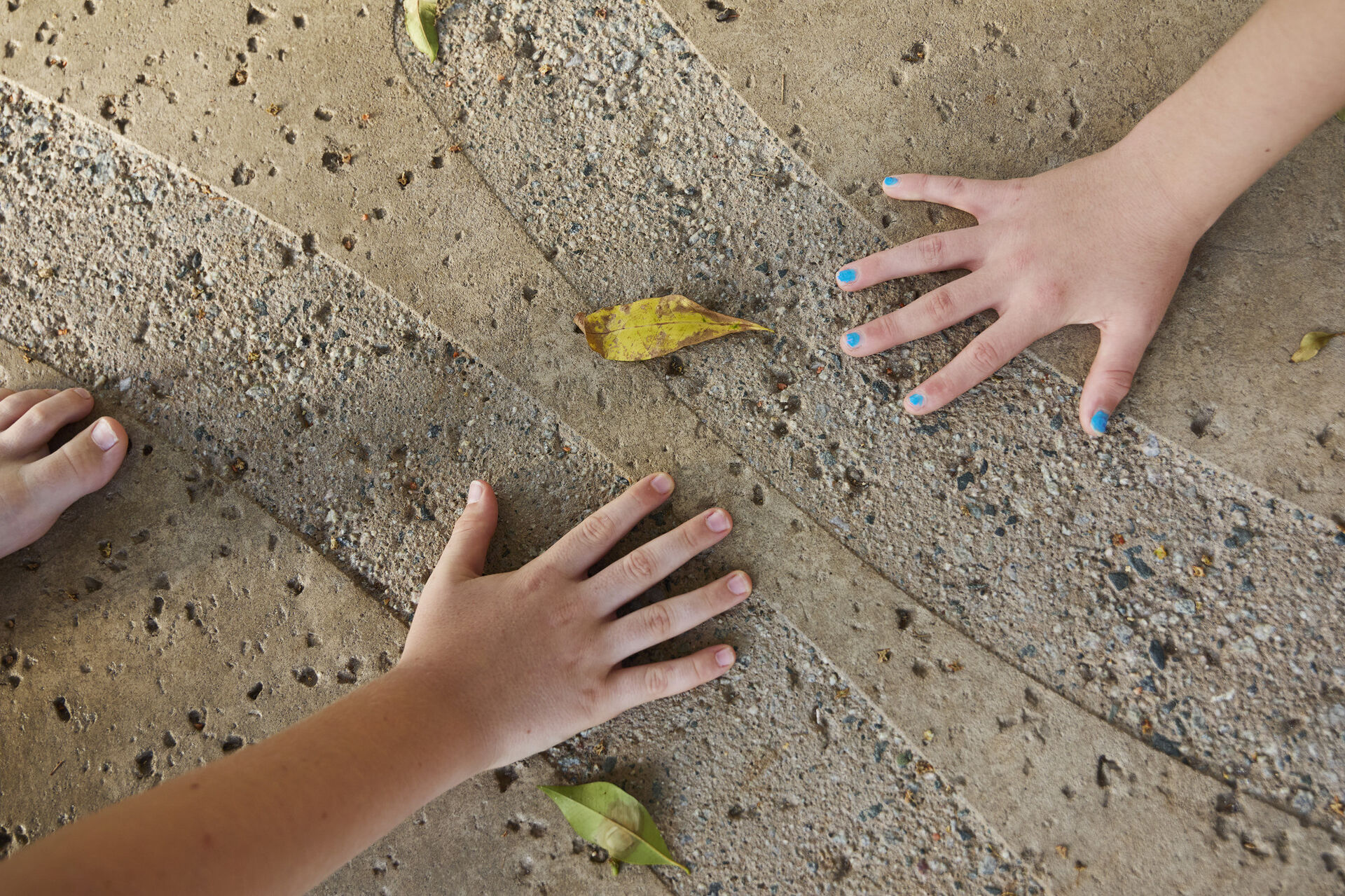
By Hannah Galloway, Senior Associate
Prioritising inclusivity allows us to transform environments into places where all individuals can live, play and grow to their fullest potential. Senior Associate Hannah Galloway introduces our top ten principles for designing play spaces for neurodiverse children.
Recent research estimates that approximately 15-20 per cent of the world’s population are neurodivergent ─ around one in five children in Australia ─ highlighting the urgent necessity for a comprehensive shift in our approach to designing spaces that accommodate their unique needs.
The Australian Government recently unveiled a draft National Autism Strategy aimed at enhancing the lives of Australians with autism, further highlighting the importance of recognising and supporting neurodiverse individuals. The strategy invites public feedback until May 31, 2024.
BEYOND DIAGNOSIS: SHAPING ENVIRONMENTS THAT EMBRACE NEURODIVERSITY
Autism rights activist Kassiane Asasumasu once wrote of the term neurodivergent: ‘It is not another damn tool of exclusion. It is specifically a tool of inclusion.’ While the diagnosis rates for neurodiversity continue to surge within our younger population, there remains a noticeable lag in creating environments that accommodate their unique needs. This discrepancy is largely rooted in a fundamental lack of comprehension surrounding the many forms of neurodiversity that manifest in children. There’s also an underestimation of how seemingly ordinary sensory experiences, including sight, smell, touch, hearing, balance, movement and interoception (your brain’s perception of your body’s state), can profoundly influence daily interactions and encounters.
To address this gap, we need to gain a deeper understanding of the myriad ways in which neurodiversity presents itself in children. So, what is neurodiversity?
According to Harvard Health Publishing, ‘neurodiversity describes the idea that people experience and interact with the world around them in many different ways; there is no one “right” way of thinking, learning and behaving… It refers to the diversity of all people, but it is often used in the context of autism spectrum disorder (ASD), as well as other neurological or developmental conditions such as ADHD or learning disabilities.’
At Hassell, inclusive design is personal. Many of us have firsthand experience with the challenges neurodiverse individuals encounter in public spaces, whether through family, friends, colleagues, or personal diagnosis. Projects like the Mildred Creak Playground in Perth and Cross River Rail in Brisbane go beyond standard requirements, with our team developing toolkits through extensive research and collaboration to inform inclusive design, especially for neurodiverse individuals.
UNLOCKING CHILDREN’S SUPERPOWERS: THE MILDRED CREAK PLAYGROUND
Our master plan for revitalising Edward Millen Park on Whadjuk Country in Perth, Western Australia, includes the creation of vibrant spaces, notably a new playground designed to cater to all abilities, with a special focus on providing spaces and activities tailored for neurodiverse children.
Named after the pioneering physician Mildred Creak, who significantly advanced our understanding of neurodiversity, particularly in the case of autism, the playground sits near Carson Street School, the only primary education support school in Western Australia, and the historical Mildred Creak Building, established for autistic children. We collaborated closely with the local council, school representatives and the Autism Association of Western Australia on the project. Our goal was to design a unique play area where all children can thrive, regardless of their neurodiverse traits.
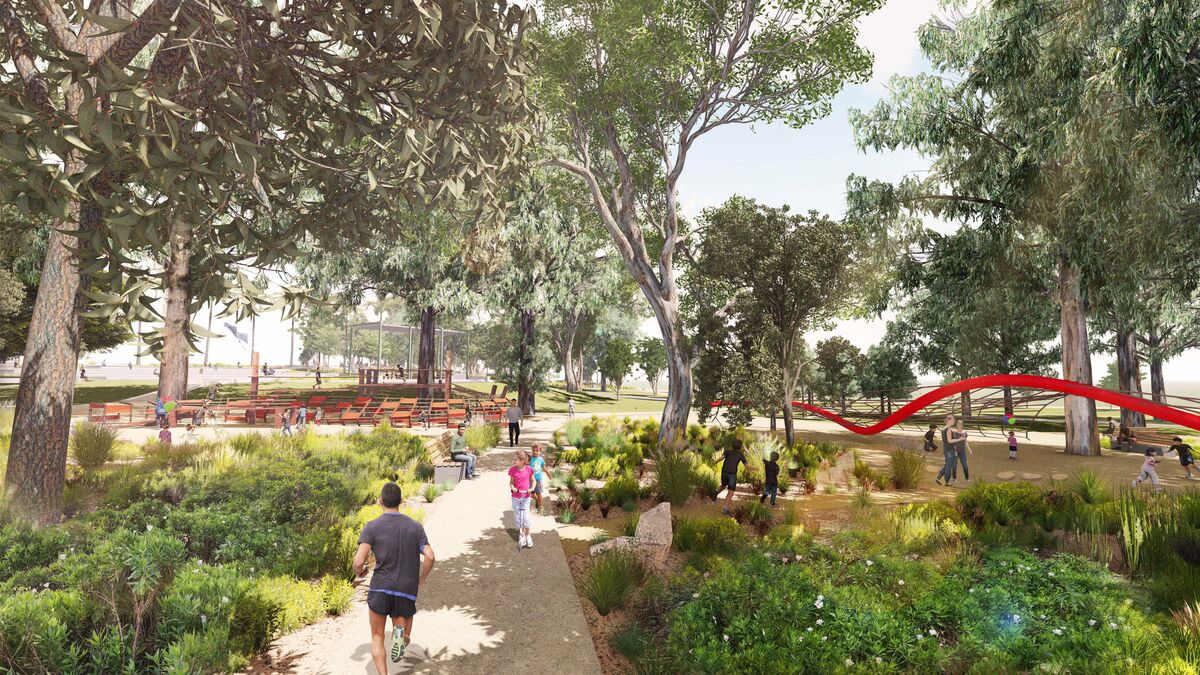
A SENSORY AND INCLUSIVE JOURNEY
Acknowledging the diverse sensory needs of neurodiverse children, particularly those with ADHD and autism, was paramount in designing a playground that caters to all abilities. Research reveals that between 5-15 per cent of children have a sensory processing disorder (SPD). Children may display hyposensitivity (sensory under-responsivity) or hypersensitivity (an extreme response) to sensory input, adding complexity when they experience both.
To ensure our playground design addressed these challenges, we went beyond standard practices. Collaborating closely with teachers from Carson Street School, we gained authentic insights essential for developing a toolkit to guide inclusive play space design.
A site visit to the school provided invaluable opportunities to observe and understand the varied needs of neurodiverse children firsthand. During an interactive workshop, teachers and staff eagerly shared their expertise on sensory and access requirements, providing input for not only the Mildred Creak Playground but also for future playgrounds.
As part of the engagement process, our designers visited the Autism Association of Western Australia therapy spaces to observe and understand various forms of play, sensory exposure and communication tools for children.
“Everyone has a right to participate in community activities and have safe spaces where they feel like they belong. Mildred Creak Play Space creates this by adapting to the needs of autistic children.
— Ashleigh Taylor, Operational Leader, Autism Association of Western Australia
Our interactions with Carson Street School teachers and the Autism Association of Western Australia led to a concise toolkit comprising ten key principles, which we have used to design Mildred Creak Playground.

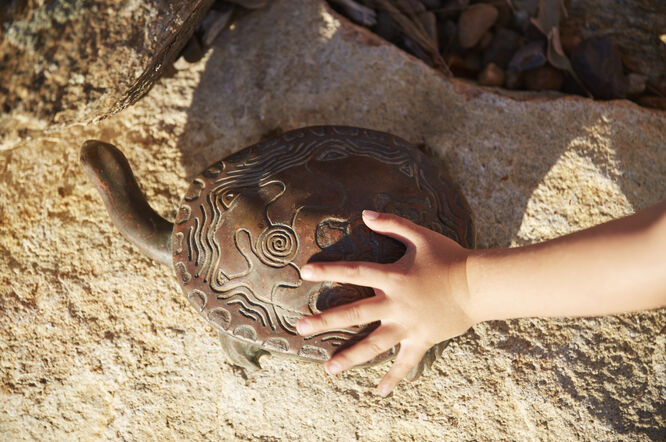
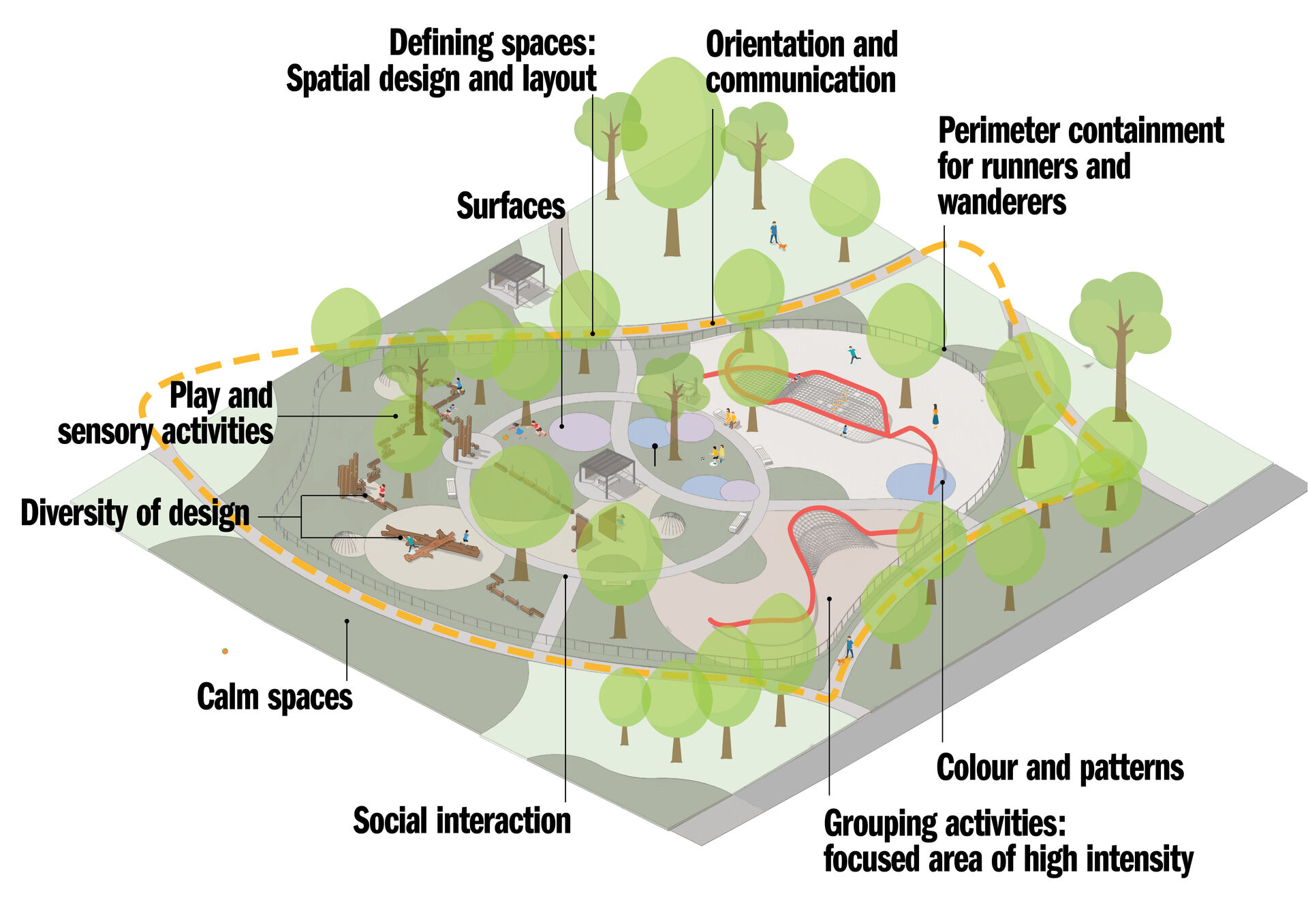
TOOLKIT FOR DESIGNING PLAY SPACES FOR NEURODIVERSE CHILDREN
By providing appropriate sensory equipment, environmental adaptions and communication supports, all children are given the opportunity to play in a way that is true to themselves. It also creates a sense of community and opportunities for families to connect and children of all abilities to play together.”
— Ashleigh Taylor, Operational Leader, Autism Association of Western Australia
1. Defining spaces: Spatial design and layout can have a huge impact on neurodiverse children, who can have difficulty understanding space and imagining how they can interact within it, causing anxiety, particularly at thresholds. A clear definition of playground spaces by function provides structure, reducing stress and encouraging participation. Enhancing design legibility with textures, colours, barriers, or planting beds improves accessibility.
2. Grouping activities: Children with autism or SPD may seek or avoid stimulation and social interaction upon entering a play space. Offering choices empowers their sense of control. Separately grouping noisy and quiet activity spaces allows children to select environments based on their sensory preferences while also promoting socialisation through teamwork-based equipment like seesaws.
3. Diversity of design: It’s essential to provide diverse options to accommodate individual needs, including choices in spaces, activity levels and designs. For instance, consider incorporating cues such as quiet/loud, still/moving, bright/muted, simple/complex and many people/few people. Ensure there are quiet pathways to access calm areas, avoiding forcing children through overwhelming sensory environments. Embrace diverse designs to meet a spectrum of requirements.
4. Orientation and communication: The threshold, or entry point, can be a source of anxiety for children with autism as they assess how to navigate a busy space. Providing an orientation map at key entries and quiet observation spots helps children understand the space before engaging. Perimeter paths and clear lines of sight aid navigation, while seating spots at entrances allow children to observe peers and enhance their sense of control and safety. Sensory orientation maps should outline space functions and activities, with website links to inform parents and alleviate anxiety for first-time users.
5. Calm spaces: To support overwhelmed children in a busy playground, provide quiet spaces like cubbies and secluded areas along the edges and within nature play spaces. These areas offer a peaceful retreat from the main playground, allowing children to regroup and recharge away from noise and activity.
6. Play and sensory activities: When designing the space, consider all eight senses to accommodate a variety of sensory experiences, with emphasis on tactile, auditory, vestibular and proprioception. Incorporating play equipment that improve balance and gross motor skills throughout the playground allows children to partake in diverse sensory experiences and promotes holistic development and enjoyment.
7. Perimeter Containment: Many parents of children with autism avoid playgrounds without perimeter fences, as some children can become so absorbed in activities that they wander unconsciously. Integrating fences around play and breakout areas, including shelters and BBQs, not only prevents wandering but also provides caregivers with visibility for added peace of mind.
8. Colours and patterns: Opting for neutral colours, particularly natural and muted palettes, is beneficial for children who are overly sensitive to visual stimuli. Avoiding repetitive geometric patterns and stripes can reduce visual stress for those with visual processing issues. Many playgrounds feature an array of vibrant colours and patterns, which can overwhelm some children, leading to exhaustion and sensory overload.
9. Surfaces: While some children struggle with uneven surfaces like bark mulch or sand, others benefit from smooth, flat surfaces like rubber softfall. Incorporating rubber softfall in key zones addresses specific needs, such as providing sensory-friendly surfaces for children with SPD, stability for those with balance difficulties and wheelchair accessibility to certain play elements.
10. Social interaction: Additionally, for children with limited verbal communication, it’s crucial to provide a communication board to ensure they can communicate with peers and caregivers and not feel excluded. Children with autism demonstrate a broad spectrum of traits and behaviours. Thus, the essence of designing a space for these children lies in offering a diverse array of choices, spaces and activities while incorporating key considerations tailored to their specific needs and triggers, as outlined above.
BEYOND PLAY SPACES
In each project, whether it’s a playground, park, building or public space, we shape not only physical landscapes but also futures. The Mildred Creak Playground has inspired the development of our toolkit for designing play spaces for neurodiverse children. By incorporating sensory elements, promoting social interaction and providing spaces for regrouping and control, we can create environments where every child can thrive.
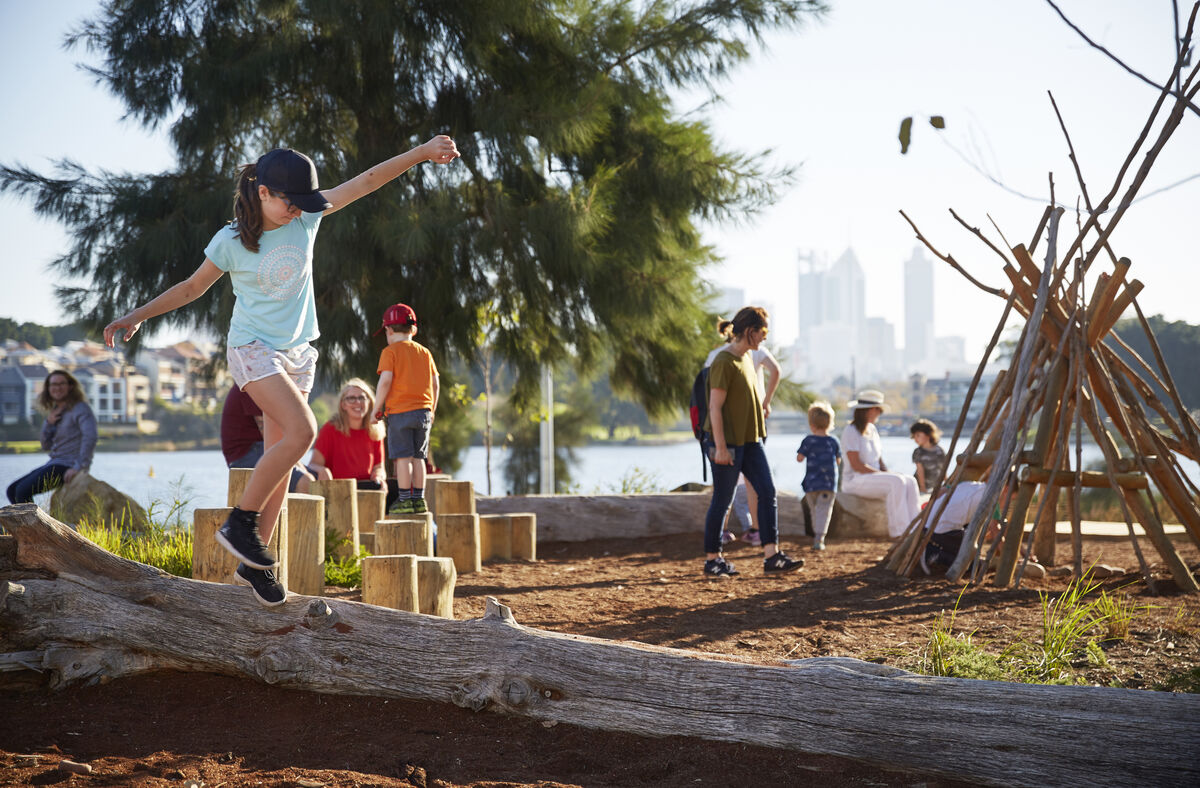

扫描二维码关注Hassell微信公众号